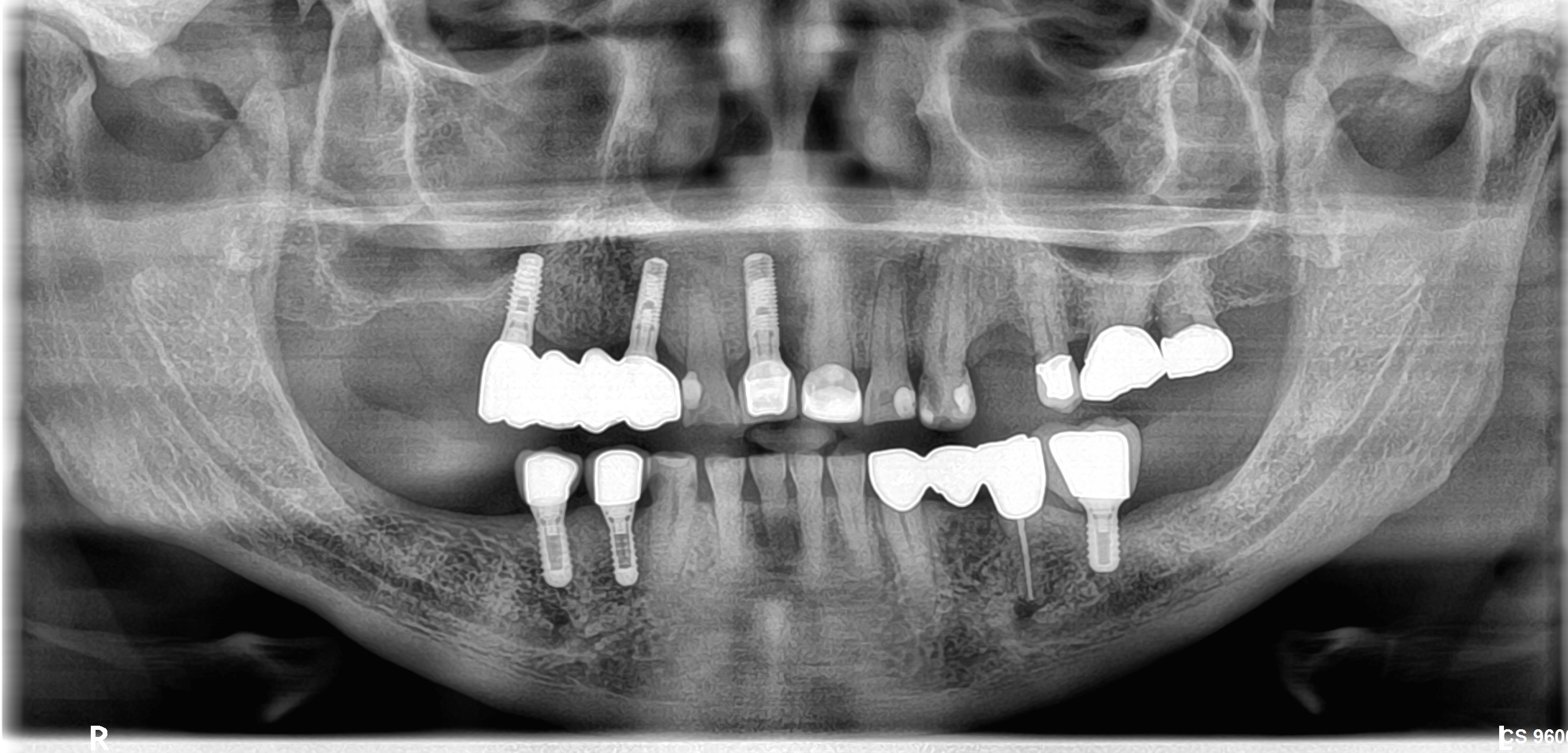Pain on Torquing Down Implant: Bone-to-Implant Interface Affected?
Dr. N asks:
I have placed and restored a great many implants for well over 25 years. I have used many brands and designs. Every once in a while I run into a situation where when I am torquing down an abutment after waiting months for osseointegration, the patient will jump and say “I felt that”. I can’t recall having experienced this in the mandibular arch, only in the maxillary arch. This has always made me fret about the integrity of the bone-to-implant interface and yet it has not seemed to make a difference as to the outcome in the long term. This symptom, when it happens, has made me stop short of achieving recommended tightening torques which has bothered me. Has anybody else experienced this? What do you think is happening? Do you think the bone to implant interface has been affected? How would you respond to this situation?
















